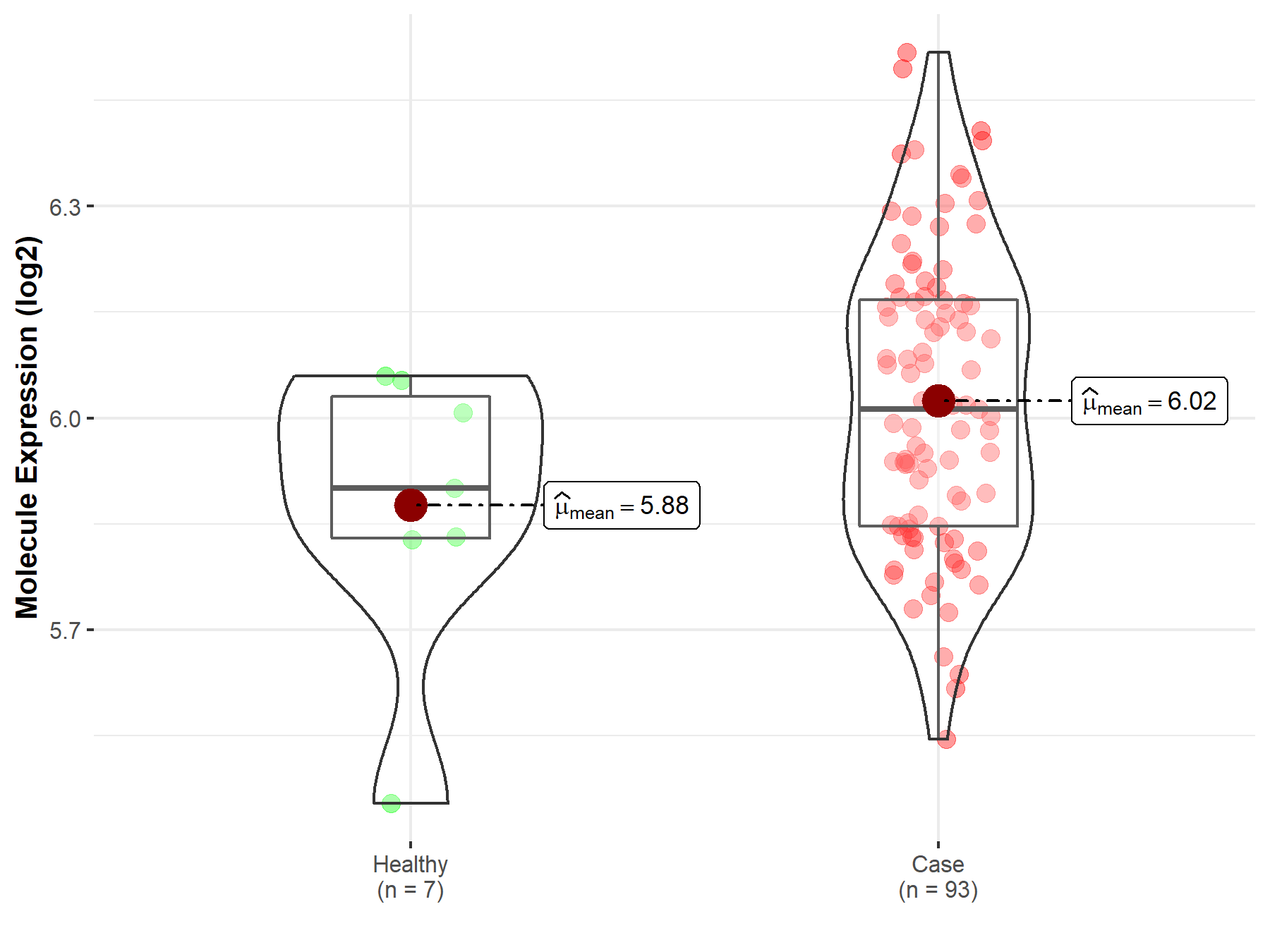Molecule Information
General Information of the Molecule (ID: Mol00125)
| Name |
Netrin-1 (NTN1)
,Homo sapiens
|
||||
|---|---|---|---|---|---|
| Synonyms |
Epididymis tissue protein Li 131P; NTN1L
Click to Show/Hide
|
||||
| Molecule Type |
Protein
|
||||
| Gene Name |
NTN1
|
||||
| Gene ID | |||||
| Location |
chr17:9021510-9244000[+]
|
||||
| Sequence |
MMRAVWEALAALAAVACLVGAVRGGPGLSMFAGQAAQPDPCSDENGHPRRCIPDFVNAAF
GKDVRVSSTCGRPPARYCVVSERGEERLRSCHLCNASDPKKAHPPAFLTDLNNPHNLTCW QSENYLQFPHNVTLTLSLGKKFEVTYVSLQFCSPRPESMAIYKSMDYGRTWVPFQFYSTQ CRKMYNRPHRAPITKQNEQEAVCTDSHTDMRPLSGGLIAFSTLDGRPSAHDFDNSPVLQD WVTATDIRVAFSRLHTFGDENEDDSELARDSYFYAVSDLQVGGRCKCNGHAARCVRDRDD SLVCDCRHNTAGPECDRCKPFHYDRPWQRATAREANECVACNCNLHARRCRFNMELYKLS GRKSGGVCLNCRHNTAGRHCHYCKEGYYRDMGKPITHRKACKACDCHPVGAAGKTCNQTT GQCPCKDGVTGITCNRCAKGYQQSRSPIAPCIKIPVAPPTTAASSVEEPEDCDSYCKASK GKLKINMKKYCKKDYAVQIHILKADKAGDWWKFTVNIISVYKQGTSRIRRGDQSLWIRSR DIACKCPKIKPLKKYLLLGNAEDSPDQSGIVADKSSLVIQWRDTWARRLRKFQQREKKGK CKKA Click to Show/Hide
|
||||
| Function |
Netrins control guidance of CNS commissural axons and peripheral motor axons. Its association with either DCC or some UNC5 receptors will lead to axon attraction or repulsion, respectively. Binding to UNC5C might cause dissociation of UNC5C from polymerized TUBB3 in microtubules and thereby lead to increased microtubule dynamics and axon repulsion. Involved in dorsal root ganglion axon projection towards the spinal cord. It also serves as a survival factor via its association with its receptors which prevent the initiation of apoptosis. Involved in tumorigenesis by regulating apoptosis.
Click to Show/Hide
|
||||
| Uniprot ID | |||||
| Ensembl ID | |||||
| HGNC ID | |||||
| Click to Show/Hide the Complete Species Lineage | |||||
Type(s) of Resistant Mechanism of This Molecule
Drug Resistance Data Categorized by Drug
Approved Drug(s)
1 drug(s) in total
| Drug Sensitivity Data Categorized by Their Corresponding Mechanisms | ||||
|
|
||||
| Disease Class: Bladder cancer | [1] | |||
| Sensitive Disease | Bladder cancer [ICD-11: 2C94.0] | |||
| Sensitive Drug | Cisplatin | |||
| Molecule Alteration | Expression | Up-regulation |
||
| Experimental Note | Identified from the Human Clinical Data | |||
| Cell Pathway Regulation | AKT phosphorylation signaling pathway | Inhibition | hsa00190 | |
| Cell invasion | Inhibition | hsa05200 | ||
| Cell proliferation | Inhibition | hsa05200 | ||
| In Vitro Model | J82 cells | Bladder | Homo sapiens (Human) | CVCL_0359 |
| RT4 cells | Bladder | Homo sapiens (Human) | CVCL_0036 | |
| SV-HUC-1 cells | Bladder | Homo sapiens (Human) | CVCL_3798 | |
| T24 cells | Bladder | Homo sapiens (Human) | CVCL_0554 | |
| Experiment for Molecule Alteration |
RT-qPCR; Western blot analysis; Luciferase reporter assay | |||
| Experiment for Drug Resistance |
CCK8 assay | |||
| Mechanism Description | miR 214 reduces chemoresistance by targeting netrin 1 in bladder cancer cell lines and inhibits AkT phosphorylation. | |||
Disease- and Tissue-specific Abundances of This Molecule
ICD Disease Classification 02

| Differential expression of molecule in resistant diseases | ||
| The Studied Tissue | Bladder tissue | |
| The Specified Disease | Bladder cancer | |
| The Expression Level of Disease Section Compare with the Healthy Individual Tissue | p-value: 1.17E-01; Fold-change: 1.13E-01; Z-score: 5.36E-01 | |
|
Molecule expression in the diseased tissue of patients
Molecule expression in the normal tissue of healthy individuals
|
||
| Disease-specific Molecule Abundances |

|
Click to View the Clearer Original Diagram |
Tissue-specific Molecule Abundances in Healthy Individuals


|
||
References
If you find any error in data or bug in web service, please kindly report it to Dr. Sun and Dr. Zhang.
